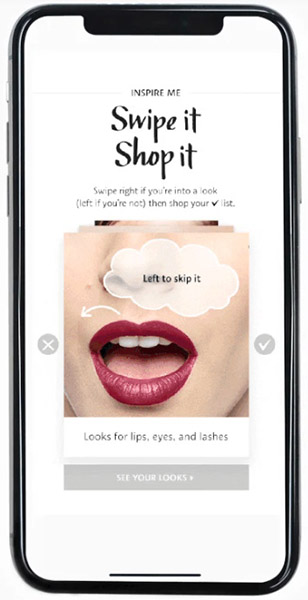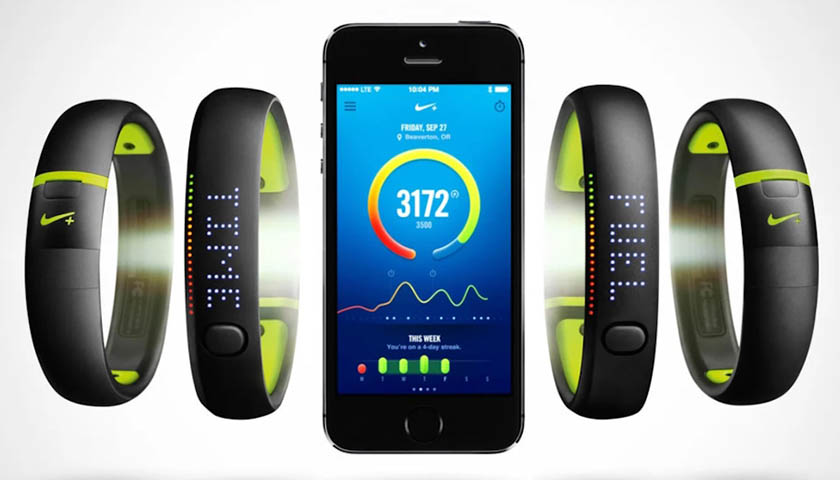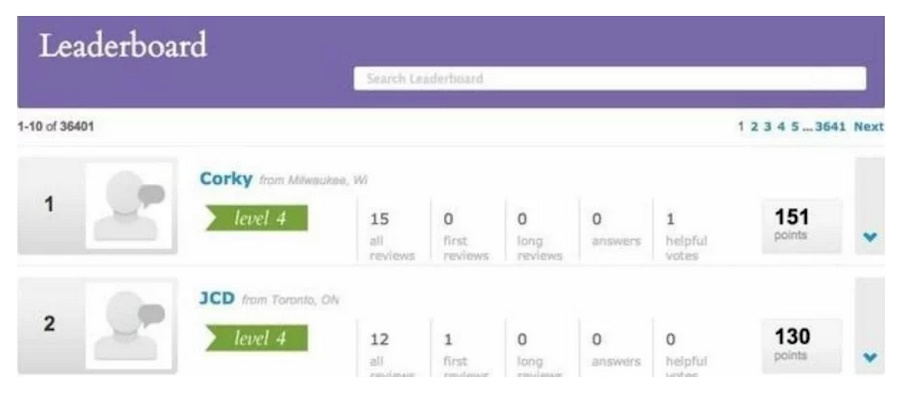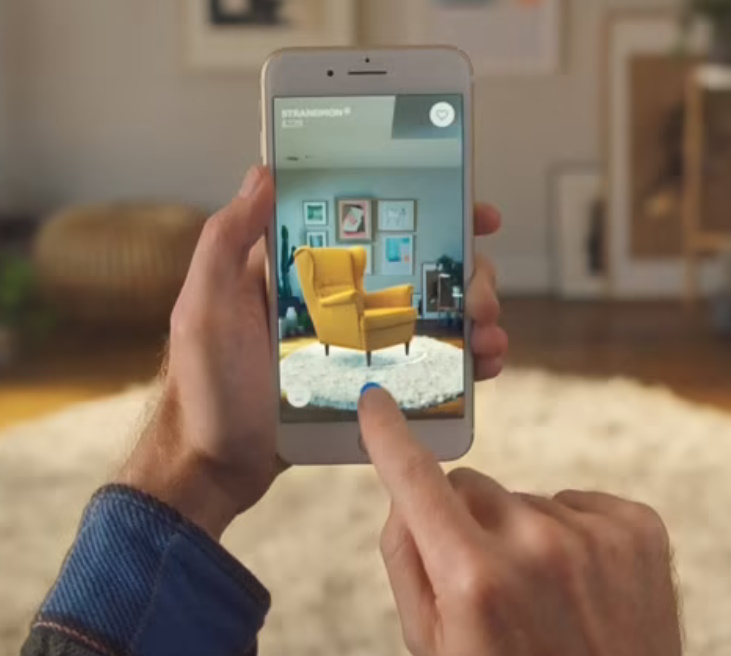Gamification is the use of gaming elements and mechanics within sales and marketing to boost customer engagement and create buying incentive. Within retail, gamification can be used to attract new customers, strengthen relationships with existing customers, enhance the shopping experience, and increase overall conversion rates and sales. Retailers can use gamification in-store (with tools such as augmented or virtual reality) or outside the store (with tools like mobile apps).
Key Takeaways
- Gamification is growing—it is set to reach $37 billion in global market size by 2027. In North America, the gamification industry is valued at over $2 billion.
- Gamification incentivizes buying by rewarding consumers with personalized and interactive experiences.
- Gamification elements include interactive games, challenges, loyalty programs, augmented reality (AR), and virtual reality (VR).
- Businesses implementing gamification can see improved conversions and customer loyalty.
Let’s look at some of the different types of retail gamification, as well as its benefits, real-life examples, and tips to incorporate gamification into your business.
Types of Retail Gamification
There are several different gamification concepts you’ll want to consider when determining how to best use gamification in your business and with your customers. Here are five:
- Challenges, quests, and rewards: Tap into people’s desire for challenge and achievement with games that make them work for something, and then enjoy a reward (or chance for a reward) at the end. Keep players motivated with a scoring system, unlockable achievement markers, awards and badges, visible progress bars, and buildup of virtual currency (which could potentially be exchanged for real-world rewards such as gifts or free shipping).
- Competition: People often derive enjoyment from engaging in friendly competition with friends or fellow customers—even more so if there are rewards to be gained at the end. Aside from tangible rewards like discounts or special access, a leaderboard and social media integration would also let customers share their competition wins online, and encourage others to play (and buy).
- Collaboration: While this concept seems like the opposite of competition, they are two sides of the same coin when it comes to gamification for retail. You can encourage collaboration in a team-vs-team gamification setup or by offering greater rewards if players bring in friends and acquaintances. This results in more fun and enhanced rewards for customers, while also increasing your brand awareness and acting as a marketing tool.
- Simplification and convenience: Gamification can also be used to increase simplicity or convenience while reducing complexity in shopping. One example of this, which we’ll explore in more detail below, is when beauty brand Sephora let shoppers express whether they liked certain looks or not via a swipe-left-or-right model (similar to the model used by online dating apps). This helped make the process of shopping for beauty products fun rather than overwhelming.
- Augmented or virtual reality: While gamification in retail doesn’t need to incorporate high-end technology, this can still be useful for certain industries or businesses that can afford it. Prime examples of this include augmented reality (where virtual elements are added onto a real-world setting) and virtual reality (which lets you explore a fully virtual environment separate from the real world). Across various industries, retail businesses can use AR and VR to help customers visualize or test outfits, makeup, home decor, furniture, and sports equipment.
Benefits of Gamification in Retail
Regardless of what strategy or concept you use, gamification can be an attractive (even addictive) way to get customers to engage more and purchase more from your brand. In particular, it provides opportunities for retail businesses to:
Increase Customer Acquisition
A widely cited study shows that gamification is highly effective at bringing in new users, resulting in about a sixfold increase in new registrations. By providing unique experiences, retailers can use gamified elements to appeal to new customers.
Gamification also works as a marketing strategy to incentivize customer referrals. For example, brands can implement referral programs that let customers earn redeemable points each time they refer someone new to their products or services.
Improve Engagement
Gamification helps businesses drive engagement by nudging consumers toward behaviors that align with their business goals and, for consumers, making every stage of the customers’ journey fun and motivating. The more customers feel they are able to participate and succeed through gamified mechanics, the more likely they are to stay engaged with a brand. A study found that nearly three-quarters of consumers prefer shopping with brands that make their loyalty experience fun and rewarding.
Foster Loyalty
With increased engagement comes loyalty. As customers become more invested in gamified elements your brand implements, they are likely to develop stronger emotional connections and loyalty to your brand.
You can even personalize rewards based on customers’ past shopping behavior and preferences, leading to even greater consumer satisfaction and investment. Building a personalized and stimulating end-to-end experience is key. Before long, you’ll have formed a positive feedback loop with your customers: They shop and earn rewards, which makes it easier and more enjoyable for them to continue shopping, and so on.
Learn more about improving customer loyalty with our 8-step guide to creating a loyalty program.
Gather Customer Data & Boost Retention
Retail businesses can also use gamification to collect customer data. For example, you can send customers a survey designed to note and compile their preferences, while also offering a reward (discounts, access, or perks) for completing the survey.
This kind of simple task-and-reward gamification paves the way to developing better products and services, more personalized experiences for buyers, and thus, greater retention in the future.
Increase Conversion Rates
Companies that invest in gamification can see a massive increase (up to 700%) in conversion rates. A popular case study is the Starbucks Reward program, a mobile loyalty program that helped the coffee giant significantly boost its revenue.
Incentivize Spending
Gamification, even in its simplest form, can help incentivize greater customer spending. A 2019 study by the University of Connecticut found that shoppers were more likely to make a purchase and spend more money if they won a discount via a game of chance (like scratch-off tickets). The gamification itself was the key factor, as a standard discount offered to everyone did not elicit the same “buy more” response.
How to Incorporate Retail Gamification Into Your Business
Gamification is a highly effective retail marketing strategy that can dramatically improve your business’ performance, but it should not be applied without a plan. Proper integration of gamification involves being clear on why you are using it, as well as utilizing specific time-tested gaming elements.
Follow these steps when incorporating retail gamification into your business:
Specify Your Goals & Target Audience
What are the concrete goals or markers you want to achieve or improve via gamification? Do you want to maximize new customer acquisition? Solidify the loyalty of existing customers? Showcase and recommend new products? Answering these questions will help you determine the best approach and the most effective elements to use when designing your games.
You also need to have a clear image of your target audience. The clearer that image is, the easier it will be to develop games that appeal to those customers in particular. Clarify what their needs and characteristics (median age, income level, etc.) are, and keep these in mind when creating your games. You probably already gave a lot of thought to who your target audience is when you first started your business, but it’s worth revisiting these questions as you begin to incorporate gamification into your business strategy.
Choose a Gamification Strategy
Once you know what you want to achieve and who your target audience is, start thinking about the actual game design you’ll be using; the five types of gamification described above are good starting points to consider. The specific ones you choose to apply to your own small business will depend on your preferences, products and services for sale, and budget.
Integrate Your Chosen Strategies Onto Your POS System
More complex types of gamification, such as AR and VR, will need more time and resources to fully realize. However, the simpler gamification methods can often be integrated directly into your business point-of-sale (POS) system; many of these systems already include loyalty programs and social media connections as built-in features or integrations.
Market Your Gamification Initiatives to Customers
Begin marketing your gamification initiatives to existing and potential customers. As an example, you can use your POS system’s social media integrations to promote your business on Facebook, while encouraging customers to create and share their own related posts and hashtags. Customers who achieve the greatest online reach can then be awarded points in the POS system’s loyalty program, and eventually redeem these for discounts on products and services.
Training your staff will also be crucial for maximizing the impact of this gamification. Make sure that every team member is on board for the renewed focus on gamification to boost customer engagement and loyalty. Have your marketing team develop campaigns that funnel consumers into your games, and be sure to constantly hype up the rewards that consumers stand to gain from spreading awareness of your products and services.
Analyze Results & Adjust as Needed
Finally, you’ll need to monitor how well your chosen gamification and marketing strategies are performing in terms of meeting your original goals. If you’re seeing solid results, all well and good. If things aren’t going as well as you’d hoped; you still have options. You can try a different style of game, switch from competitive to collaborative and vice versa, or reinvent your marketing approach. As with any business process, gamification will likely need lots of fine-tuning before it can produce steady and predictable benefits for your retail business.
Examples of Gamification in Retail
Here are a few examples of retail businesses using gamification. In each of these cases, the companies that invested in gamification gained some kind of tangible benefit: more customers, greater customer satisfaction, or improved brand authority. Click through the tabs below to learn just how they did it and what they gained.
Although these examples are from big retail brands, smaller businesses can use lower-cost gamification elements to bolster sales. These can be as simple as challenges to reach spending milestones, which are then rewarded with discounts or exclusive or early access to new products and services. You can even throw social media into the mix by creating online quizzes and challenges, encouraging customers to share their results with friends and acquaintances, and leveraging hashtags for greater reach. Find more strategies in our roundup of customer loyalty program ideas and examples.
Retail Gamification Frequently Asked Questions (FAQs)
Click through the questions below to get answers to some of your most frequently asked retail gamification questions.
Retail gamification is the process of applying gaming techniques, mechanics, or elements to shoppers’ experience in-store or out-of-store. The purpose of retail gamification is to encourage customers to engage with the business more intensely.
A small retail business that implements gamification well can improve its brand awareness, attract new customers, increase engagement from current customers, increase sales and conversions, and gather information for product development and marketing purposes.
Retail gamification can be low-tech or hi-tech, as long as it achieves the goal of increasing customer engagement and purchasing. Low-tech examples include scratch off-cards, online forums, and leaderboards; hi-tech examples include augmented reality, dedicated apps or software, and gamified hardware devices.
Bottom Line
Retail gamification is a great way to improve brand awareness, customer retention, and sales performance for your business. It doesn’t need to be expensive or high-tech, and when implemented well, it can provide great results. Get started adding retail gamification to your store by revisiting and clarifying your short and long-term business goals, as well as your target audience. Then choose and apply the best gamification strategies, market these to your customers, evaluate their responses and the results of the gamification, and adjust as needed.



